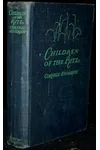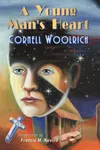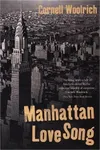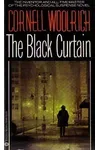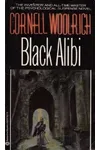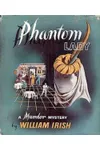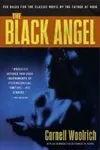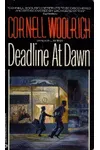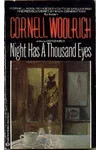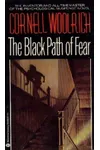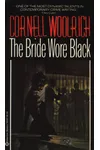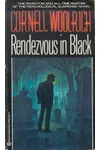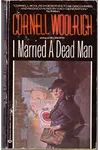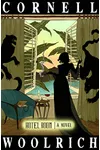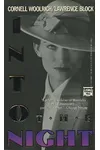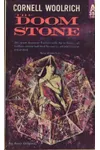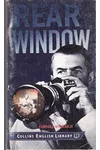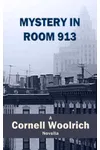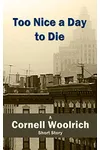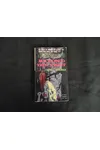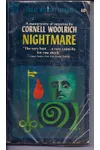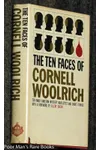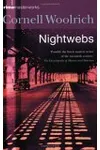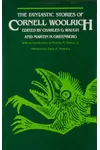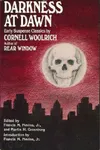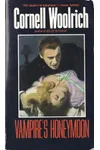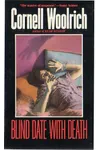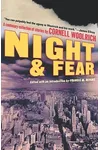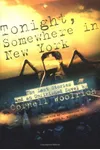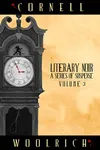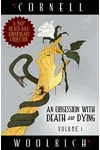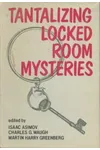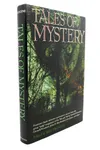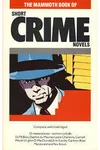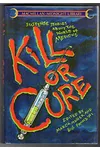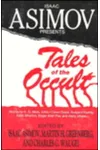Picture a shadowy New York storyteller who spun tales so suspenseful they inspired Hollywood classics like Rear Window—meet Cornell Woolrich! Known as the 'Edgar Allan Poe of the 20th century,' Woolrich crafted noir masterpieces filled with psychological dread, cementing his legacy as a crime fiction pioneer. His life, as thrillingly dark as his stories, invites readers into a world of mystery.
Born in New York City in 1903, Woolrich’s brooding narratives and knack for tension made him a pulp fiction legend, often writing under pseudonyms like William Irish. Despite personal struggles, his prolific output left an indelible mark on the genre. Ready to dive into his chilling universe?
The Making of Cornell Woolrich
Cornell George Hopley Woolrich entered the world on December 4, 1903, in New York City. His parents’ separation sent young Cornell to Mexico with his father, a traveling engineer, before he returned to live with his mother in New York. A brief stint at Columbia University ended in 1926 when his debut novel, Cover Charge, hit shelves, inspired by F. Scott Fitzgerald’s Jazz Age flair. But as the Depression loomed, Woolrich’s early novels fizzled, prompting a bold pivot to the gritty world of pulp fiction.
By 1934, Woolrich found his calling in crime and suspense, penning his first mystery story, 'Death Sits in the Dentist’s Chair,' for Detective Fiction Weekly. This shift unleashed his creativity, and he began churning out stories that captured the era’s anxieties, setting the stage for his noir legacy.
Cornell Woolrich’s Unforgettable Stories
Woolrich’s genius lay in his ability to weave nail-biting suspense into everyday settings, earning him the title 'father of noir.' His 'Black Series'—six novels from 1940 to 1948, including The Bride Wore Black and Rendezvous in Black—defined the genre. The Bride Wore Black (1940) follows a vengeful widow hunting her husband’s killers, its chilling plot inspiring François Truffaut’s film adaptation. Rendezvous in Black (1948), one of Woolrich’s favorites, delivers a haunting tale of retribution, showcasing his knack for emotional depth.
His short story 'It Had to Be Murder' (1942), published under William Irish, became Alfred Hitchcock’s iconic Rear Window (1954), starring James Stewart and Grace Kelly. This tale of a bedridden man suspecting murder in his apartment block epitomizes Woolrich’s mastery of voyeuristic tension. Other works, like Phantom Lady (1942), blend existential dread with impossible crimes, keeping readers guessing until the final page.
Woolrich’s style—dark, atmospheric, and often reliant on wild coincidences—mirrors a nightmare’s logic. His urban settings, from seedy hotels to dimly lit dance halls, pulse with paranoia, making every shadow a threat. His characters, trapped by fate, resonate with readers craving psychological thrills.
Why Cornell Woolrich Matters
Woolrich’s influence on crime fiction and film noir is colossal. His stories, adapted into over 100 films and TV shows, shaped the suspense genre, inspiring directors like Hitchcock and Truffaut. His focus on psychological terror and ordinary people caught in extraordinary danger paved the way for modern thrillers. Despite his reclusive life and struggles with alcoholism, Woolrich’s work endures, with recent collections reviving his lesser-known tales for new generations.
His $850,000 bequest to Columbia University for writing scholarships reflects his commitment to nurturing future storytellers. Though he died alone in 1968, Woolrich’s legacy thrives in every heart-pounding plot twist and shadowy alley of noir fiction.
About Cornell Woolrich
- Born: December 4, 1903, New York City
- Died: September 25, 1968
- Key Works: The Bride Wore Black, Rendezvous in Black, 'It Had to Be Murder' (Rear Window)
- Pseudonyms: William Irish, George Hopley
- Legacy: Over 100 film and TV adaptations
Snag Rear Window and Other Murderous Tales and dive into Cornell Woolrich’s pulse-pounding noir world!

